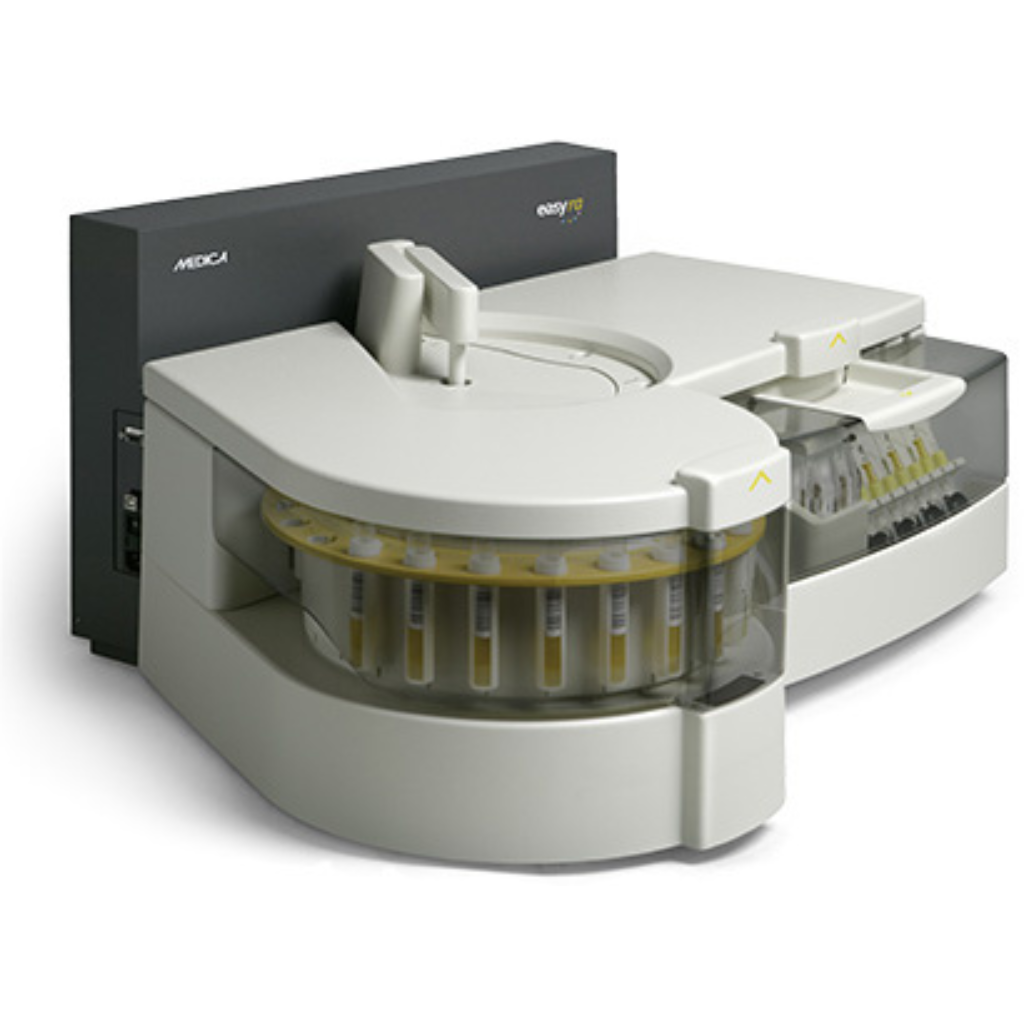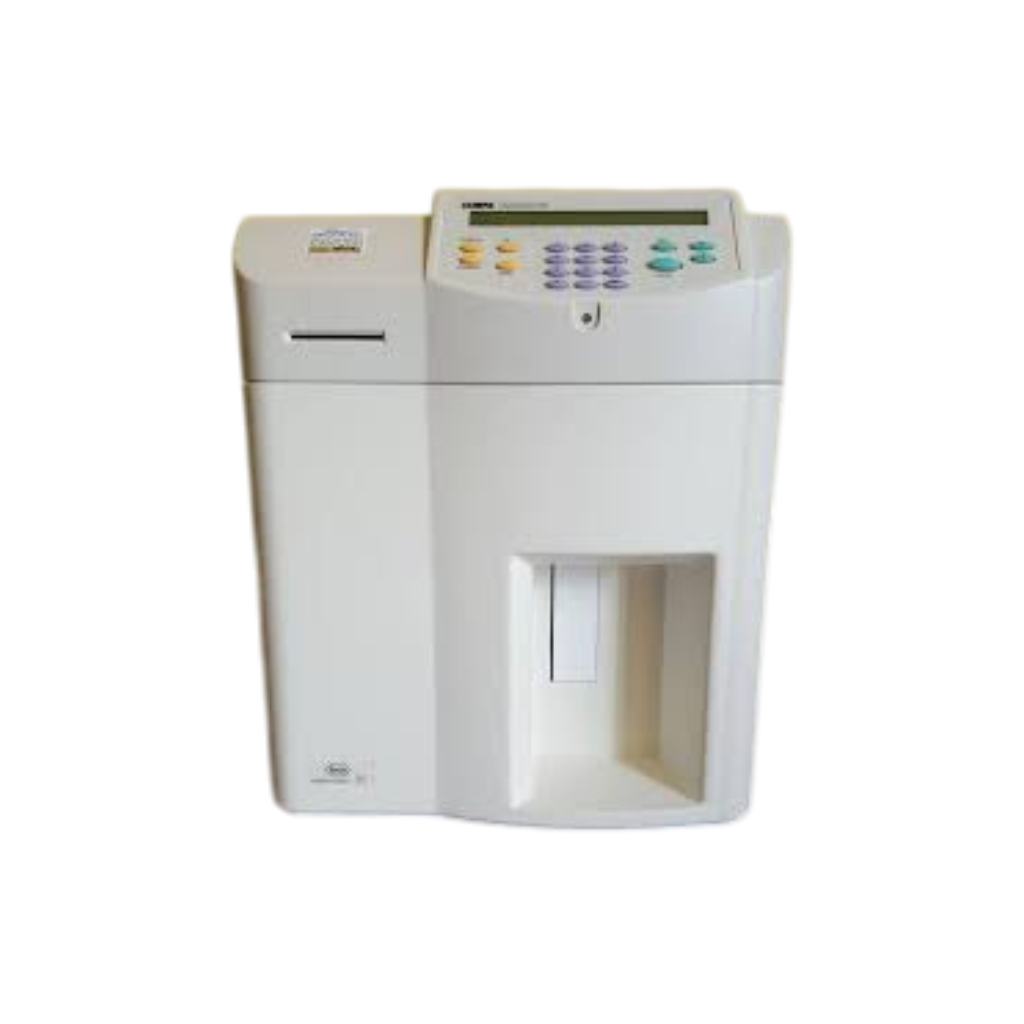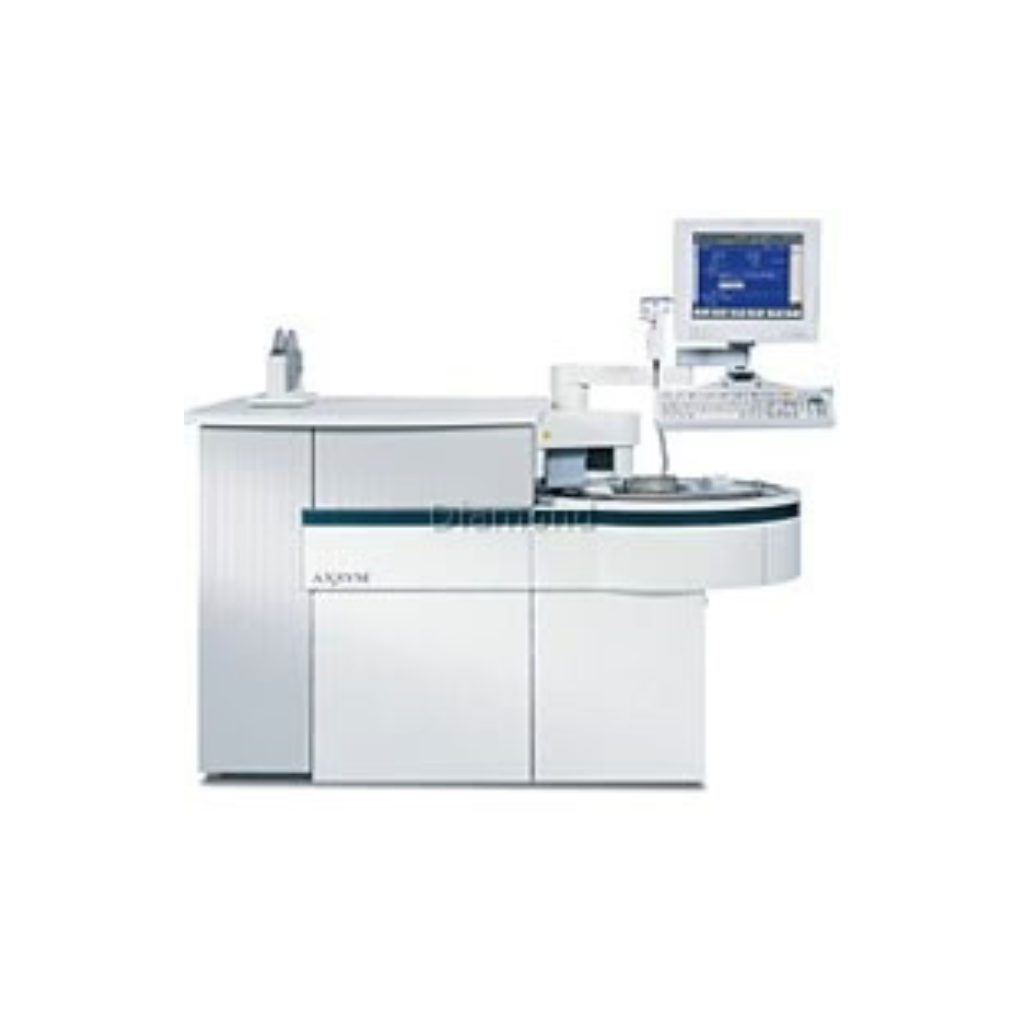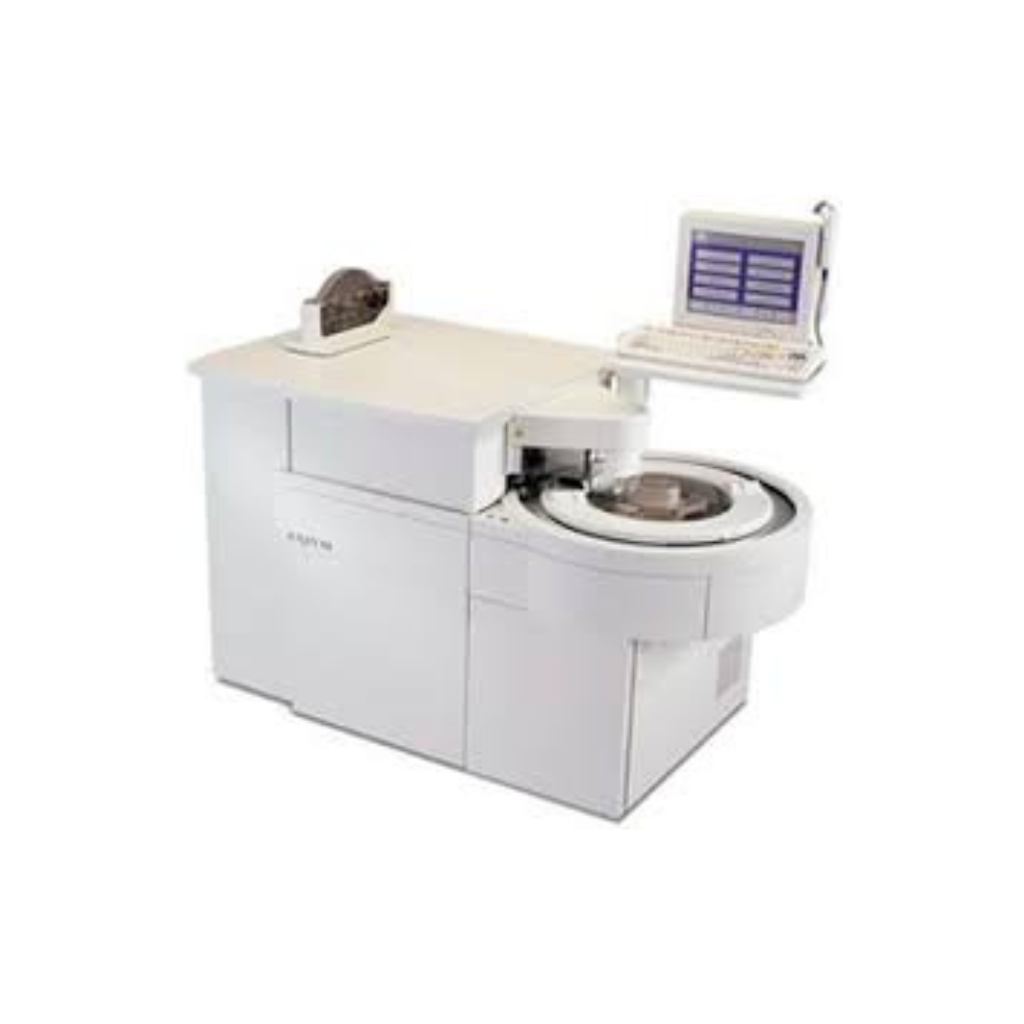Medica EasyRA Clinical Chemistry Analyzer
Product code: EasyRA
Manufacturer: Medica Corporation
Shipping Weight: 92.00lbs (41.73kg)
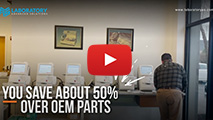
WHY CHOOSE BLOCK SCIENTIFIC?
See why in 2 mins.
Medica EasyRA Clinical Chemistry Analyzer
Description
EasyRA Clinical Chemistry Analyzer
Medica’s EasyRA® analyzer is a fully automated clinical chemistry analyzer that accommodates the diverse needs of small laboratories.
Lab technicians become experts with minimal training thanks to a simple and intuitive user interface. Four color-coded icons guide the technician through all analyzer functions. EasyRA is quickly operational and ready to run samples. Friendly displays clearly signal the progress of a run and easily allow changes. Technicians can analyze stat samples in less than 8 minutes. Save valuable time by programming the next worklist while another worklist is running, or simply check reagent and cuvette inventories to prepare for the next run.
The EasyRA clinical chemistry analyzer offers unprecedented access to all replaceable components. Its unique, slide-out drawer makes maintenance quick and easy. RFID technology eliminates the need to manually program reagents. When the smart reagent wedge is placed anywhere in the reagent area, EasyRA identifies location, number of samples remaining, sample volumes, and expiration dates.
With 150 tests per hour (>300 with integrated ISE), 24 sample positions, 24 reagents on board, and more, EasyRA is the easy choice for your laboratory’s clinical chemistry analysis needs.
Installation and training included, one year on-site warranty!
Features
Liquid, ready-to-use reagents with built-in RFID. Install and go!! Easy-to-use, intuitive user interface with limited user steps. Automatic upload of QC and Cal values from CD. No data entry! Daily Maintenance < 5 min. Monthly maintenance < 30 min. Replacements are a snap! Limited replaceable components. User PM <30 minutes. Fast turn-around time of test results. Automated download of QC values, Calibration values and Reagent parameters means no data entry errors. On-board tracking of QC with Levey-Jennings charts and user-definable flagging limits. Disposable cuvettes ensure accurate results every time. Replacement procedures do not require special adjustments and can be easily performed by operators. Low operating costs Profitable at varying volumes with average payback periods of under a year. Reasonably priced service contracts. Why should you pay more when even service is simple and easy with our modular design. Analyzer reliability means more uptime and less send outs.
Specifications
EasyRA specifications- system specifications: true random access, clinical chemistry analyzer
- throughput: analysis rate, photometric: 150 tests/hour; Patient results per hour, photometric: up to 120 tests/hour; Patient results per hour, photometric with ISE: up to 340 tests/hour; STAT time: 8 minutes (Na+/K+/Cl-/CO2/GLU/BUN/CREA)
- types of analysis: endpoint, enzymatic, rate, bichromatic, potentiometric
- samples: 24 sample positions per sample ring for patient, calibrator, or QC samples; STAT: up to 5 user-defined positions; optional second sample ring uniquely identified by analyzer; automatic dilution: 1:1 and 1:2
- sample volume: photometric chemistries: 2.0–25.0 μL; programmed in 0.1 μL steps; ISE chemistries: serum: 80–90 μL; urine: 140 μL
- sample containers: sample cups or primary tubes in a wide range of sizes
- sample identification: position ID, barcode ID (optional), barcode types: codabar, code 39, 128, interleaved 2 of 5
- reagents: 24 positions for reagents; reagent cooling temperature 12º–15º less than ambient (with refrigeration option); reagent identification: RFID (radio frequency identification) technology—automatic tracking and entry of reagent information (chemistry name, lot number, expiration date; reagent volumes; analysis volumes for reagents, samples, diluent; primary and secondary wavelengths; reaction read times; analysis type; reagent and sample blanking; linear range of assay; acceptable absorbance ranges). Reagents are ready to use.
- reagent volumes: reagent volume (R1)/test 120–350 μL; programmed in 1 μL steps. reagent volume (R2)/test 10–50 μL; programmed in 1 μL steps
- water supply: reagent grade deionized water, diluent bottle
- sampling system: probe pre-heater; single probe with RF level sensing; inner and outer probe washing
- cuvette material: optical acrylic; disposable segments; 12 cuvettes per segment; 6 total segments in reaction area reaction time: 1–15 minutes
- reaction temperature: 37º ± 0.25º C (photometric chemistries)
- wavelength: 340, 405, 520, 550, 600, 700; half bandwidth 10 ± 2 nm
- light source: xenon flash lamp, 5 year typical life
- photometric linearity: 0.0–2.0 Abs units for 1 cm pathlength (1% deviation)
- photometric resolution: 0.0001 Abs units at 1.0 Abs
- quality control: 2 levels of controls (Levey-Jennings plots for two levels)
- calibration curves: single and multilevel calibration (based on analyte)
- user interface: edit and monitor worklists; review results; review calibration and quality control results; Levey-Jennings charts for 31 days of QC results; on-board diagnostics and individual component monitoring; graphic instructions for daily, weekly and monthly maintenance procedures
- data storage: 2000 patient results; 56,000 test results
- power requirements: 100 VAC–240 VAC ± 10% 50–60 Hz, 4.0/2.0A
- size and weight: 40˝ w x 15˝ h x 26˝ d (102 cm x 38 cm x 66 cm), 88 lbs (40 kgs) without reagents
- ambient conditions: 15º–30º C (59º–86º F); < 85% relative humidity, non-condensing atmospheric air environment
- computer requirements: minimum: Windows XP®; CD/CD-RW; 1 RS-232 or USB port; touch screen monitor or SVGA color monitor, mouse and keyboard
- printing: local or network printer
- optional features: ISE Module; refrigeration; laboratory information system; (LIS) connectivity option (ASTM protocol); on-board sample bar code reader



